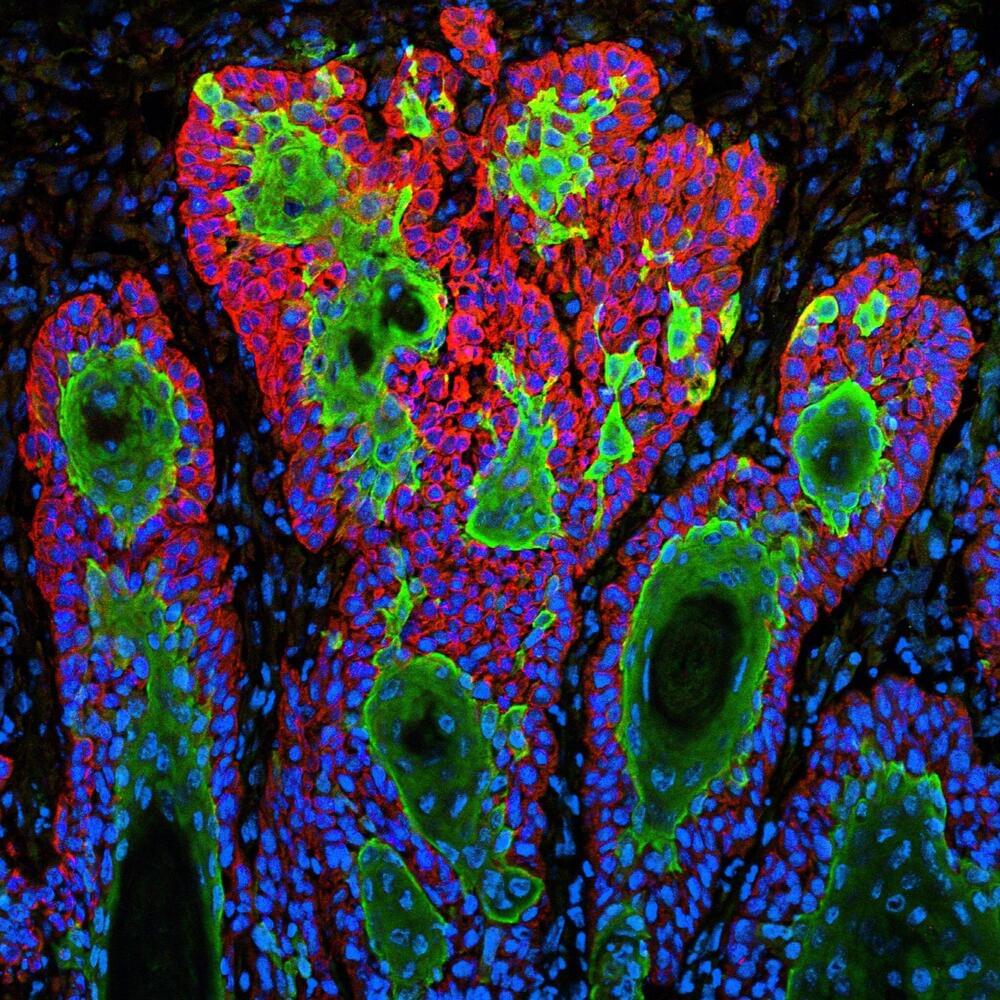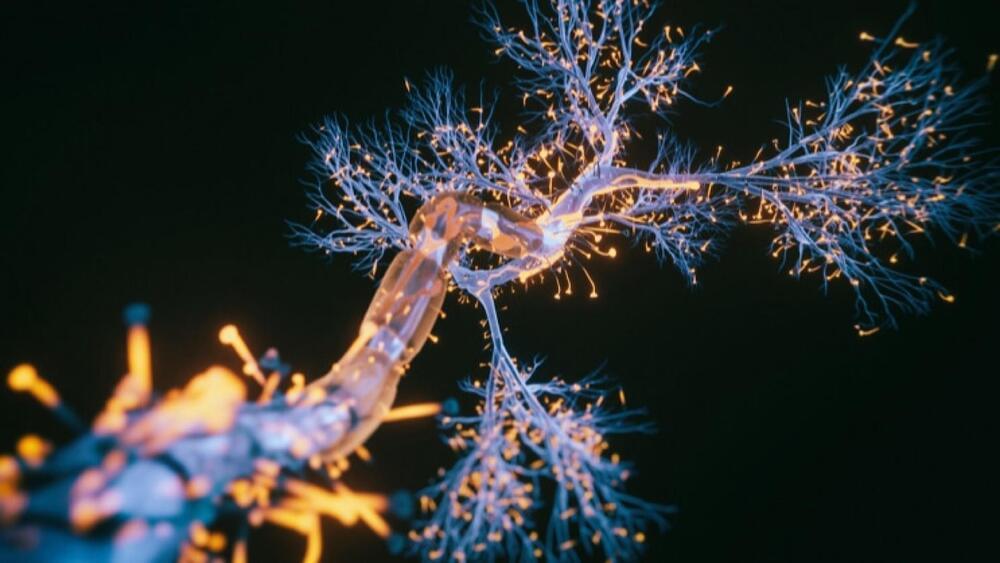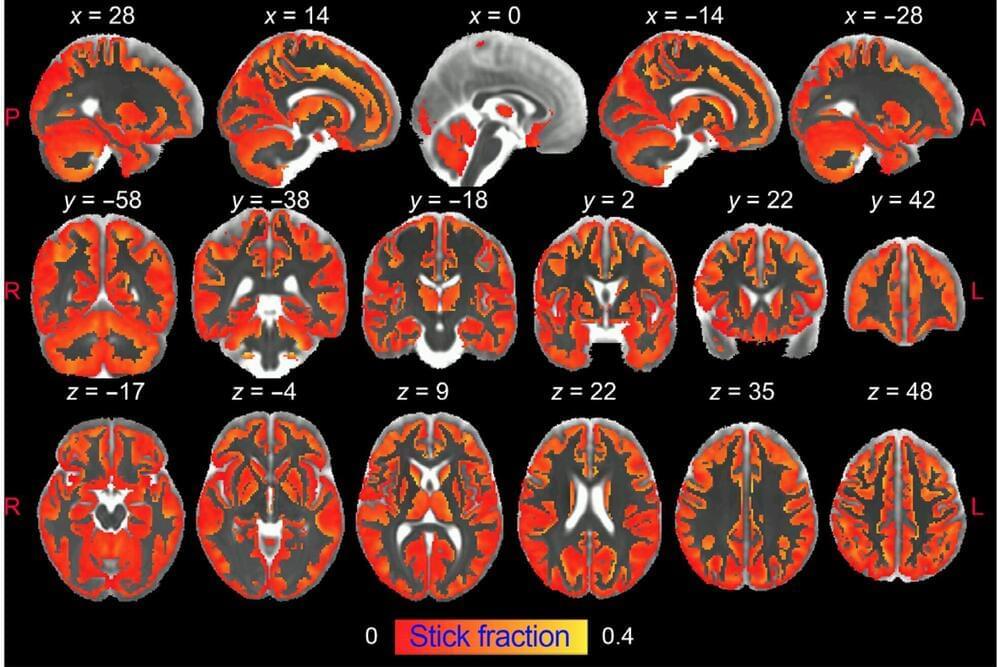In response to a request from the province of British Columbia (BC), from January 31, 2023 to January 31, 2026, adults (18 and over) in BC will not be subject to criminal charges for the possession of up to 2.5 grams of certain illegal drugs for personal use.
The federal Minister of Mental Health and Addictions and Associate Minister of Health granted the province of British Columbia (BC)’s request for a subsection 56 exemption under the Controlled Drugs and Substances Act for adults (18 years of age and older) in the province to possess small amounts of certain illegal drugs for personal use. BC has referred to this as “decriminalization of personal possession of illegal drugs”.
What this means is that from January 31, 2023 to January 31, 2026, adults (18 and over) in BC will not be subject to criminal charges for the possession of a cumulative total of up to 2.5 grams of certain illegal drugs for personal use. Instead, all individuals found in possession of substances listed in the exemption of up to 2.5 grams for personal use will, at minimum, be provided with information on available local health and social services. They can also be provided with assistance to connect with those services if requested. The exemption only covers possession for personal use by adults (18 and over) in BC with no intent to traffic, produce or export.
British Columbia has been greatly impacted by overdose deaths and related harms, and declared the overdose crisis a public health emergency in 2016. As part of the province’s comprehensive public health response, BC requested a subsection 56 exemption under the Controlled Drugs and Substances Act (CDSA) so that adults in the province will not be subject to criminal charges for personal possession of small amounts of certain illegal drugs.







